Four of the best apps to download before you start adventuring in New Zealand. Save money, fill up at the pump for cheap, find out how to turn your phone into one of those fancy GPS handhelds and save $200 doing it. Read More at vankookz.com
5 Days in Fiordland National Park - Best Hikes and Camping
Where do you even start in this amazing place? First off, there are three Great Walks on one road. There are plenty of trails to spend overnighters or just day hike. There are heaps of roadside pull over spots for a quick picture as the drive into this place is amazing on it’s own. This area is amazing and planning a quick trip to Fiordland can be difficult and overwhelming at times. We had an awesome time in the six days we spent in this outdoor playground. So we thought we would make your life easy and share our itinerary to hopefully help you get together a game plan for one of New Zealand’s best National Parks.
Day 1: Kepler Track Overnighter - If you’re as unprepared as we are, in the New Zealand’s busy season, you’ve most likely found out that A: Great Walks are all booked out and B: They are overpriced and really aren't geared towards the budget traveler. We found a way around this anomaly and decided to do the Kepler Track our own way. Because after all, there shouldn’t be so many rules on how one should hike a nature track.
We learned from friends that the Kepler Track is really only amazing above tree line from Mt. Luxmore Hut to Iris Burn Hut. So, what we did was booked a campsite at Broad Bay and walked from the Control Gates car park at about 8am to Broad Bay. We got to the campsite in less than an hour. We set up camp and packed our day bags (Which we packed inside our overnight packs) for a long day hike. From Broad Bay Campsite, it’s a fairly easy climb about 3.5 hours up to Mt. Luxmore Hut, where you can stop and have snacks or eat lunch, and even check out the Luxmore Caves, which are 10min away from the hut. From here, it’s about an hour hike to Mt. Luxmore summit. It’s only a 10 minute hike up to the summit, off the track, you should definitely do it, if the weather is nice. From Luxmore summit to Iris Burn is where you really start to experience the greatness of this Great Walk. With amazing views over Te Anu lake, this is a hike that was worth the all day effort of hiking. From here, if the weather permits, you can continue on to the emergency shelters, which we highly recommend to get the full Kepler experience. Just remember you have to walk back to Broad Bay, so don't walk too far.
We ended up doing about 36km in one day, but it saved us from paying $54NZ per night to stay in the two huts. And most importantly, it also saved us 3 days of being on the trail. Also, if you wish to hike the whole circuit, we recommend parking at the Rainbow Reach car park, hiking to the Iris Burn Campsite or even the Hanging Valley emergency shelter, if you go later in the day no one will catch you and it’s an awesome place to stay the night. From here, walk the best section of the track and then down to Broad Bay Campsite. Plan on hitching back to Rainbow Reach car park. You shouldn’t have a problem hitching a ride since so many people access these tracks all day. Also, you won't miss anything but 10kms through bush from Broad Bay to Rainbow Reach.
All in all, we paid $18pp at the Broad Bay Campsite. If we were to pay for the 3 Great Walk Huts we would have paid $54pp/pn, and been on the trail for 4 days. Although this is a long day walk, its on a Great Walk track that is suitable for the elderly and inexperienced hikers. If you are a frequent hiker, this long hike won’t be that difficult, especially since you’ll only be carrying a day bag for 90% of the kms.
Day 2: Lake Marian and Milford Sound- Wake up at Broad Bay, pack your shit up and hit the short 50min track back to the carpark. Hop on the Milford Highway in the car and into the Fiordland National Park. If you need supplies, Te Anu is your last chance. There is actually a lot more to offer in Te Anu than I expected. Grab your supplies and hit the last bit of cell service in town and head to your next stop, Lake Marian. There are plenty of roadside stops along the Milford Highway and each one is a short 5 min walk to a scenic vista or a waterfall, or something amazing.
Lake Marian is located on Hollyford Road, its the first stop on the road it will be clearly marked with a classic Green and Yellow DOC sign. The hike to Lake Marian is pretty easy, sometimes steep and root climbing but, takes about an hour to get up there. Lake Marian has to be one of the most amazing alpine lakes I’ve ever seen, especially after only walking for one hour. If you have nice weather, you’ll definitely have to swim in the pristine blue glacier melt water. The hike out of Lake Marian is quick and is about 45min out.
From here, you’ll have to make a decision on where you want to stay for the night. You have already passed the last DOC campsites so if you're more of a rule follower, you’ll have to head back to the campsite. We decided to head to Milford Sound for sunset and astro shots for the night. We ended up sleeping in the Milford Sound car park and had no trouble, they even have nice toilet facilities open 24 hours (with outlets an outlet for charging in the toilets)! We stayed up till about midnight getting photos and making sure a pesky ranger didn't come around to ruin our fun.
Day 3: Milford Sound to Gertrude Saddle - You will definitely want to book ahead to jump on a boat ride on the sound. Since we are on a budget we picked the cheapest option, a $45, 9am cruise with Go Orange, it actually came with a free snack as well. We recommend jumping on a boat because you really can’t grasp the size of Milford until you get out and onto the sound. It was a 2 hour cruise packed with info and peppy tour guides. We really enjoyed it and would recommend it 100%. After the cruise, we had lunch in the car park and fought with sand flies for a few more hours before we packed up and headed to Gertrude Saddle.
On the way to Gertrude you can stop at The Chasm waterfall for a quick 15 min stop over. From here, carry on up the road to the Gertrude Valley car park. We pre-made some snacks before the hike.
The hike is 3.5km to the saddle and worth every step. It’s more of a activity than most tracks as you have to scramble up granite and use a rope to climb some sections. It’s actually a really fun track. The view at the top are some of the best in Fiordland, you can see Milford Sound from the top as you look across massive glacier cut u-shaped valleys. It was by far one of our favorite hikes of our trip. We spent a lot of time up at the top and headed down pretty late in the afternoon. We had initially planed on camping on the saddle, which we wish we had done and highly recommend hauling your gear up there for a cold but unforgettable experience overlooking Fiordland’s best treasure (if the weather permits). We cooked dinner in the car park and ended up sleeping there as well. We saw plenty of campers heading up to the saddle for an overnighter so we figured no one would know if we were in our car or not.
Day 4: Key Summit to the Hollyford Track - We woke up in the Gertrude Valley car park and actually ran into some friends from our travels. They highly recommended heading to Key Summit, and then an overnighter at Hidden Falls Hut on the Hollyford Hut. We took their advice and we were glad we had ran into them because we weren’t sure of what to do with the last beautiful sunny day.
The Key Summit Track starts from the Divide Car park just above Hollyford Road. The track starts along the Routeburn Track and is a Great Walk. So, the trail is a pretty moderate to easy climb to the summit. It takes about 3 hours, round trip, with stopping and hanging out. Once you reach Key Summit, the hike isn't over. Pass all the people who think they are done and follow the track that leads up the ridge to the real summit where you will get an amazing view of Lake Marian and the surrounding peaks. This track really surprised us. Once we reached the false Key Summit, we weren't that impressed until we saw a trail out the back that no one was taking. It’s an easy walk up a ridge to a far superior view of the area.
After we headed down the track, we packed up our bags once again and headed for the Hollyford Track just below us. The trail starts at the end of Hollyford road about 10 min down a dirt road. This easy flat track crosses 15 Bridges 5 Waterfalls and 2 Boardwalks through amazing temperate rainforest for about 2.5 hours. We really wanted to walk the Milford Track but A: Couldn’t afford it and B: Couldn't book it. However, we feel the Hollyford track is a great substitute to the Milford track. At the end of the 2.5 hour easy track, you’ll find yourself at the very nice serviced Hidden Falls Track. The hut is cost $15. So, a green serviced hut pass or a backcountry hut pass covers the cost. We wished we had more time to continue on this track to a few more of the huts in this area, as they are very well kept and in amazing shape and lead all the way to the Tasman Sea and back. We think that the DOC thought this trail would be more popular but, we ended up having the entire hut to ourselves and it was amazing.
Day 5: Hidden Falls Hut to Te Anu - After a nice night at the Hidden Falls Hut you can either continue on the Hollyford Track our head back to the car park. We were completely out of supplies so we opted to head back to the car park and back to Te Anu to get some much needed groceries to continue our journey. The Hollyford Track looks like an good hike just to do a few easy nights out in the Bush along the pristine Hollyford river and looks like it has some amazing fishing opportunities.
Five Activities You Don't Want To Miss on New Zealand's South Island West Coast
New Zealand's West Coast isn't a primary tourist attraction for most travelers, unless you’re opening up your wallet for expensive heli-rides to the glaciers. However, I reckon most of these people aren't stumbling across our wallet friendly blog anyways. So, we put together five of our favorite activities on the west coast that are affordable or free.
Remote Huts - If you're an experienced hiker and are keen to get into the wild wilderness of the West Coast, you'll find this region to be a Mecca for tracks off the beaten path. You may find yourself trekking for a few days without even seeing a humanoid. The tracks to the West Coast huts aren't for the faint of heart. Be ready to get muddy, bit by bugs, bush whack, and climb up steep terrain using roots as ladders. There's tons of info and topo maps for the vast system of remote huts here www.remotehuts.co.nz. It's important to know what you're getting into before you head out. GPS/maps are wise to have as DOC doesn't maintain many of these tracks and they are done through permolat, a community organization. Also, must huts run from donation to $5 per night. Honesty pays at these huts. So remember to pay it forward.
Hokitika Gorge - While this is more of a major tourist attraction, it's definitely worth checking out. Glacier melt and other factors make the water an amazing blue hue. We highly recommend jumping into the cold water, off the rocks or the swing bridge, if you're brave enough. Also, scrub your body with the rich mineral sand and rinse off in the cool waters to exfoliate your skin. It's literally like spending a day at the spa after being deep in the West Coast wilderness.
West Coast Glaciers - See them before they are gone. The Franz Joesph Glacier is definitely the more impressive Glacier. However, we preferred the scenery of the less popular Fox Glacier. There are tons of tours offering chances to get on the glaciers, but since they have receded so much in the past ten years the tours are not as worth it since access is now so difficult. A few of the tours literally go as far as a brave tourist can go in past the ropes. We just recommend checking out the tracks at each glacier. There are some really cool and dense plant life and scenery.
Matheson Lake - just a few kilometers outside of Fox Glacier is one of the most picturesque places in all of New Zealand. On a clear day, more likely during sunrise or sunset, you can see amazing reflections of Mount Cook and Mount Tasman off the lake. While most people hang out at Jetty point, we recommend walking around the lake to the Island Viewpoint or the View of all Views for less chances of being hit by selfie sticks. If your lucky enough to catch the lake on a clear day, you will be enchanted by one of the most amazing sights and sought after photographs in NZ.
Copland Track - A 19 kilometer track up the Copland Valley will bring you to the Welcome Flat Hut, a 31 bunk two-story serviced hut. The most attractive part of this Hut is definitely the hot pools right outside of the hut. After a long hike, treat yourself to the West Coast best thermal pools. It's one of the best treats after a hike. Although the Copland Track isn't the most scenic, it is quite long and really isn't recommend to people who don't have much backpacking experience. There are two river crossings and multiple swing bridges to cross. Booking are mandatory and should be made well before either online or at an iSite either in Fox Glacier or Haast, as there is absolutely no service or other means to book in between the two places. The hut is $15 per person, per night. Bookings can be made at www.doc.govt.nz .
Two of our Favorite Campsites on the West Coast - We also found two awesome camp sites in the area while we weren't staying in huts. The first one, Kapitea Reservoir. It is free and is on the way down from Arthur's Pass before you reach Greymouth. This site is on the lake overlooking the Southern Alps. It is a free campsite on a reserve. In order to keep it free, make sure you leave no trace and encourage others to do the same. These spots are quickly disappearing because of irresponsible campers.
The next camp site we found, although not free, was incredible bargain. The Hari Hari Hotel accommodates all types of travelers with a hotel, bar, backpackers, and powered/unpowered campsites. The best part about staying here is camp sites have access to the backpackers area for hot showers, wifi, and kitchen area, which was a blessing after 10 straight days on the road hiking through dense and humid west coast forest. The campsites were around $12pp and was on of the best places we've come across on the South Island. Usually, places charge extra for showers and wifi. This was all in one package! Really nice people running the joint too. As a lot of free campsites have been shut down in this area, this place fills up around 3-5 pm. So get in and get a reservation as soon as you get to Harihari.
How to Buy a vehicle in New Zealand Complete Guide to Successfully Purchasing a Van in NZ
Buying a car in NZ.
1. WOF
When looking for a vehicle, ask if their is a current WOF (Warrant of Fitness- this ensures that the car is safe to drive on the road) and be sure to ask when it expires. Typically, they last a year on older cars. Make sure your potential car has a remaining one or that is has received one in the past month. If it has neither, things to look out for that can stop your car from receiving WOF is rust, bald tires, cracked windshield, broken or chipped indicators, even wiper blades, and other engine issues. All this can add up to quite a bit of money so make sure you do a thorough inspection or make sure that your potential vehicle comes with a long enough WOF to cover your travels.
2. Registration
On top of a WOF, a car must also be registered. Registration usually runs $100 per 6 months. Changing ownership is $9 at any post office and the Buyer must fill out a MR13B form found at the post office as well. For piece of mind, write up a quick bill of sale on any piece of paper with name, contact info, signature, price of car, and date.
3. Diesel vs Unleaded
Another thing to keep in mind when buying a vehicle that unleaded petrol is twice the price of Diesel in NZ. We saw this as we were driving past petrol stations on our first day and quickly made diesel a requirement in our Van search. Then, at the post office, we found out they try to balance out the fuel prices by requiring Diesel cars to pay a diesel tax at the post office. You have to pre-pay for km that you will use. I think for 3,000km it was $198. I don't really understand why they don't just balance it out at the pump, but whatever. It's cool when filling up is half the price. We filled up our diesel van for $60. That would have been $110-$120 if we had an unleaded van, we celebrate that every time we fill up. So, I am pretty sure you will still be winning if you get a diesel.
4. Places to buy your vehicle in NZ:
Backpackersfourm,
There are heaps of vans and other cars on this site. And we had heaps of luck and call backs on this site. It is actually where we bought our van on the first day. They were a nice family of four from Ireland that travelled most countries vanlife style. They really hated on the BuyBack people (read more below)
Trademe,
This is an Auction website with starting bids and reserves. It is pretty popular in NZ for locals to sell anything and everything. Most the Vans we saw were pretty expensive or few and far between.
The Sunday Car Fair in Auckland,
If we didn't buy the van that we bought on Saturday night, this is where we were going Sunday morning. This is also the place our Family of four was planning on going in the morning if they didn't' sell the van to us on Saturday night in the pouring rain. So there are some gems to be found here for quick sale.
NZ Guaranteed Buyback associates in Auckland
From what we have heard, this is pretty much for travelers that don't really know what they are doing or travelers that need a long term rental for exact dates. While it is convenient to purchase vehicles from NZ Buyback Associates because they usually come with an up to date warrant of fitness and registration, it may not be the best for budget travelers with semi-flexible travel schedules. Here is why... Usually if you buy your own van, you can count on getting near to what you paid for it upon departure from private sales, if you secure registration, and WOF yourself. Thru the BuyBack programs, you throw down about $5,000 for a vehicle and they will buy it back after six months for around $2,000 and rent it out to the next travelers for $5,000. Basically your convenience cost you $3,000. Believe me, built-out camper vans hold their value and sell quick.
The best part about owning a vehicle is that is your asset. We buy a vehicle and know that if we maintain it regularly and do some modifications and upgrades to the living space (solar or aux batteries or just regular up-keep aka not running it into the ground, like most backpackers) you can sometimes get more for your vehicle. When we sell our van in one country, that is our budget to buy another van in the next country. So keep that in mind if you want to continue vanlife around the world.
Where did we have the most success?
We had the most success from Backpackers Forum as we didn't want to wait around for bids to end on TradeMe. Although I think you can contact the buyer on TradeMe to do an inspection and if you like it and make them an offer, I am sure that they will take it down and sell it to you to avoid the headache of selling it and answering emails about the vehicle.
Best Cell phone service options in New Zealand for Travelers
Cell Phone Service options in New Zealand
There are a couple to choose from, but to preface this section, I would check with your provider in your home country. We had our American T-Mobile phones in Australia and it would roam to any tower and was actually more reliable than our Oz phone. Without our T-mobile phones, we would have been stranded in Tasmania the entire time as our Vodaphone Oz phone didn't work anywhere, but Hobart. For our T-mobile plans we pay $10 a month for unlimited data (at 2g speeds) and unlimited text pretty much anywhere abroad. That means we could FaceTime, Face Time voice, and Facebook Messenger call, Instagram, Facebook, etc. as much as we wanted.
Although it is convenient to buy SIM cards at the Airport, they only had two brands, Vodaphone and Spark, available and I am pretty sure they do not offer the full packages they do in their stores. But if you go to any information center, you can usually pick up a 2 degrees SIM card for free. They roam seamlessly between their towers and Vodaphone towers.
For our first round of phone plans when entering NZ, we took on the convenience of buying the Spark Traveller's plan at the airport. Who knows why, I think it was because we wanted to have a contact number for all the vans we were sussing out. But they got us and once again we found out that our American phone service was more reliable purely because it connected to any tower it could (usually Vodaphone).
Coming from America, we are quite spoiled with our Data plans and have noticed that data plans abroad can be a joke by comparison. With hardly as many cafes offering free wi-fi, I can eat thru the max 3gb data in a couple days. Here in NZ to top up on data, it is $50 for another 3gb. Steep as.
Phone Companies in NZ:
Vodaphone NZ
Vodaphone seems to have some of the best coverage. When asking our family of four what service they used in their travels, they said they to also counted on their Canadian plans still rolling from their most recent van visit to Alaska, Canada and the USA. They said 90% of the time they always had Vodaphone service on their Canadian phones.
2degrees
2 degrees seemed to have the cheapest bundle with the most data and unlimited calls to numerous countries abroad. The prices on bundles were more along the lines of the Australian prepaid, which was reasonable. They also have a data hunting app. Where you can pick up mb or gb's of data just around the area (If you are thinking this sounds like Pokémon Go, it kinda is) This data also rolls over to the next month if it goes unused. This is the service we chose in the long run.
Spark
Spark doesn't even care if you are 5 years old asking for a SIM card for your mom's iPad. If your have a visa or other credit card, they will give it to you without taking down any personal information. Very different experience from Australia. They need to see a license, passport, or if you do it over the phone, they run your name thru some government website to approve your visa status. The max amount of data they offered was 3gb, but they had wifi hot-spots available to cell phone customers whenever they were in range. The wi-fi hot spot was reminiscent of Australia's Telstra service (and they had the best most convenient hot spots in Oz). Anyways, I think that is why we hopped on Spark in the beginning. Apparently, connecting to the wi-fi didn't require an app. When your phone was in range it was just supposed to connect and override using the data. We connected to the Wifi via settings on the phone and it sent our phone a code to punch in...then, we were able to connect and it remained connected every time we were in range! I noticed the code worked for my laptop connection as well, which was quite handy. When we ran out of our 3gb data within the first week, we kinda dumped topping up our Spark and used our trusty T-mobile to navigate, but we still hit up those wi-if spots.
The Warehouse Phone Plans
Although we have not looked into this, apparently, this is one of the best deals around. They have "pick & go" options where you pay $4 per 4 hours talk, $4 for unlimited text, and $4 per GB. To top up on your data, just pay another $4 per GB or talk. It sounds simple and some friends we met on a hike have one Spark phone and one Wharehouse phone. They have the spark phone strictly for the hot spots and Wharehouse to have cheap data. Sounds like they are doing it right.













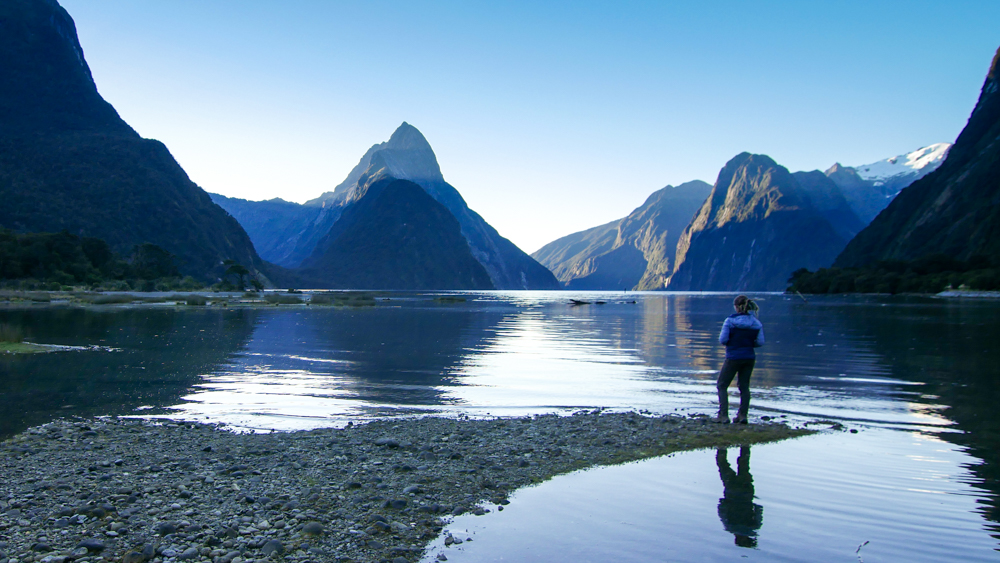


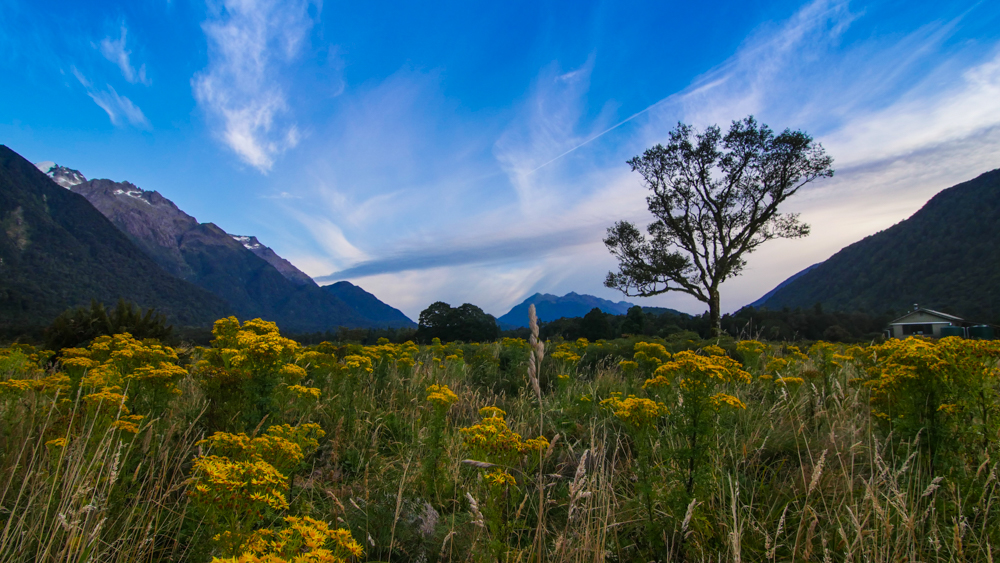











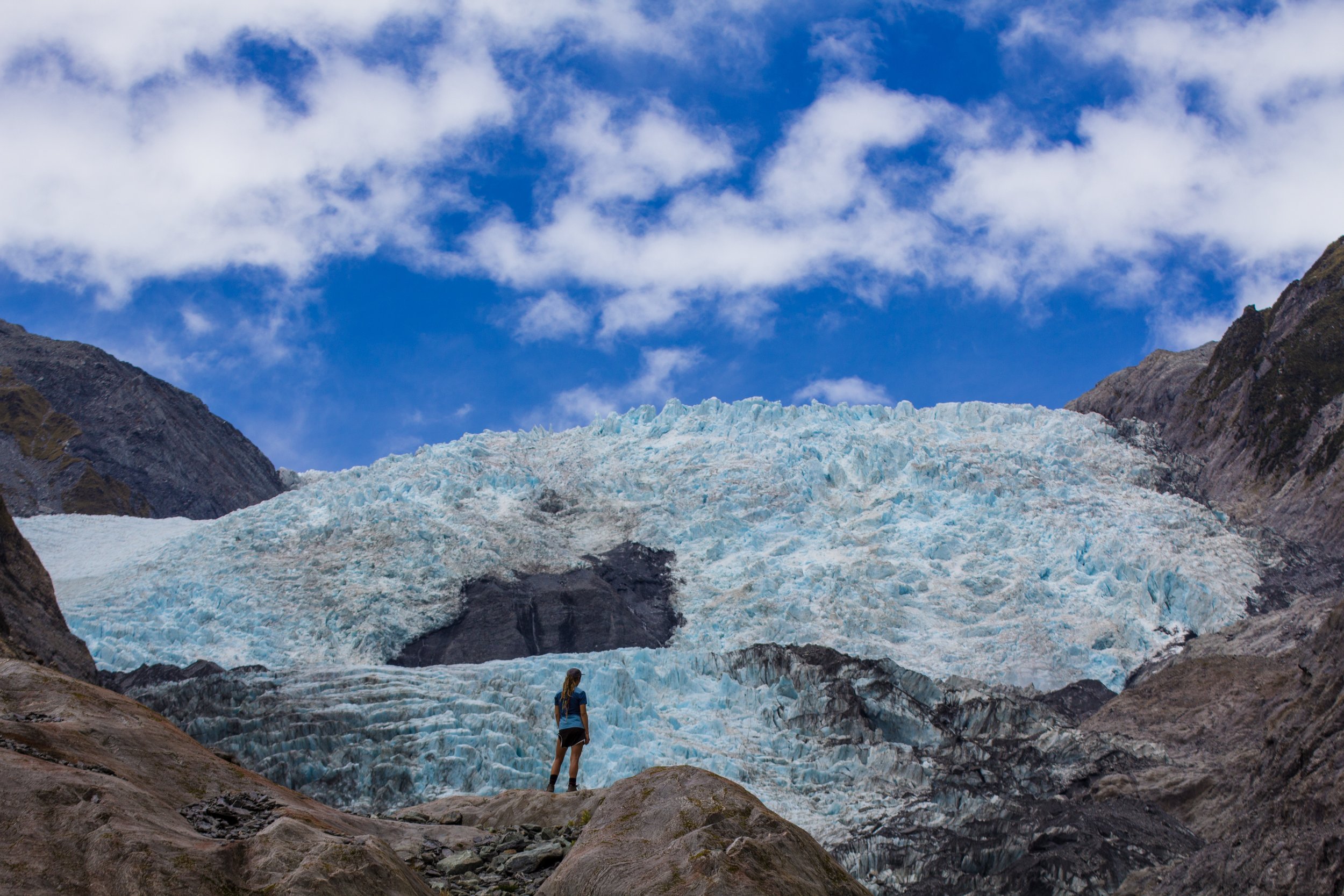
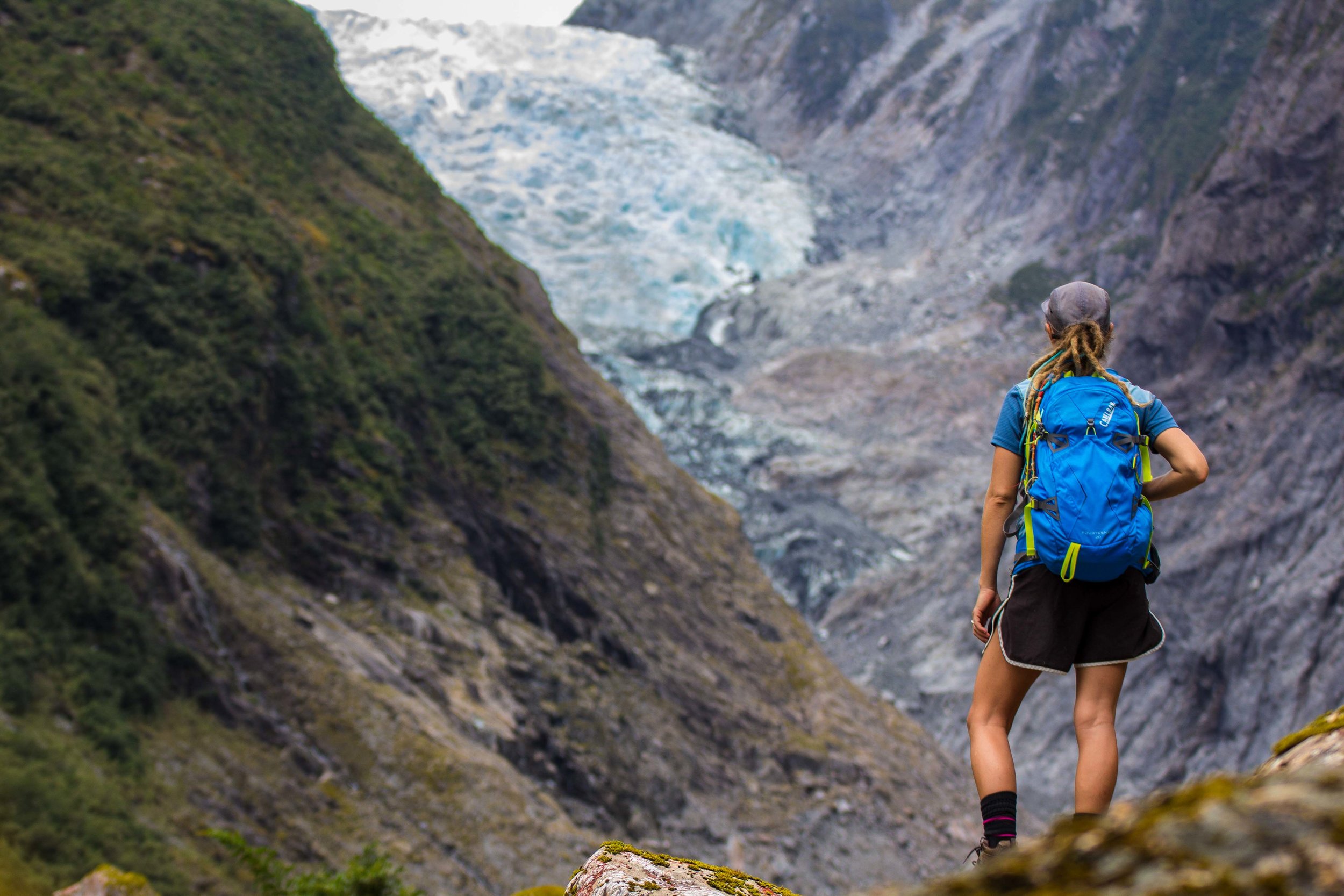

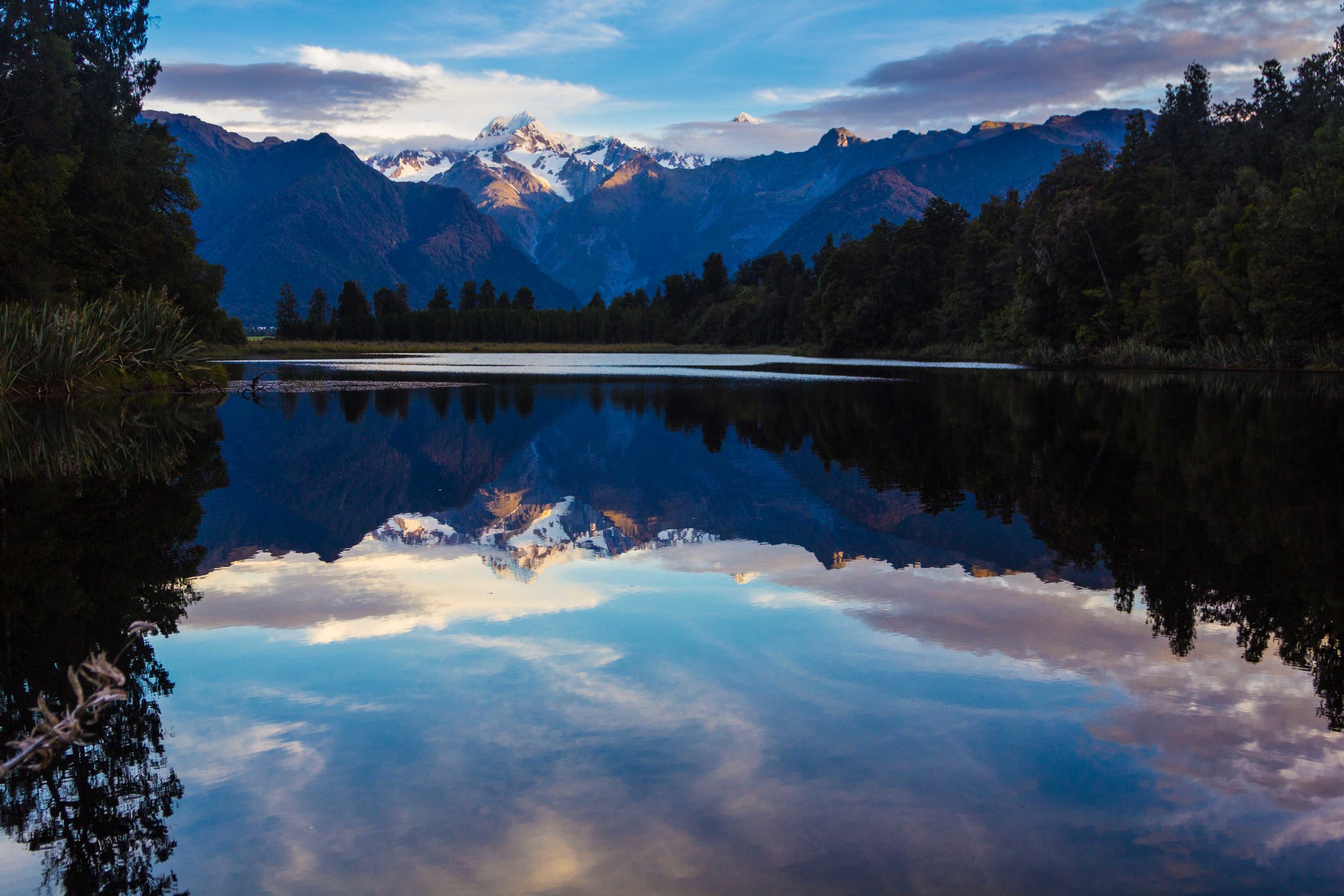






Four of the best apps to download before you start adventuring in New Zealand. Save money, fill up at the pump for cheap, find out how to turn your phone into one of those fancy GPS handhelds and save $200 doing it. Read More at vankookz.com